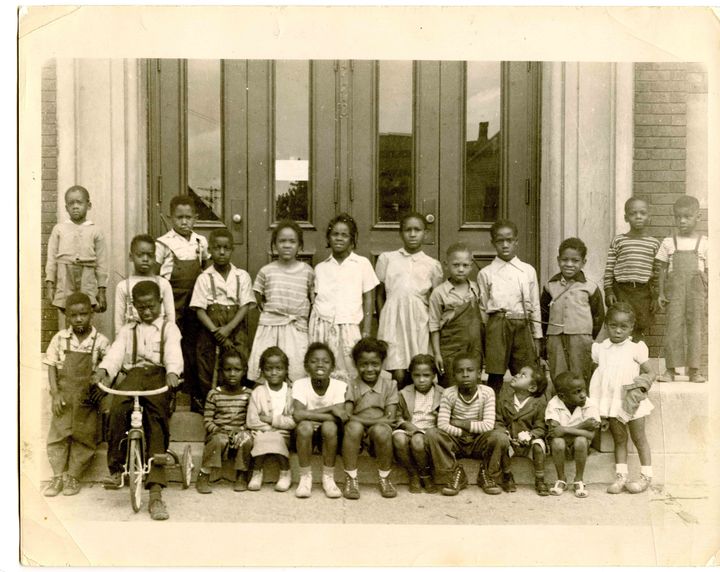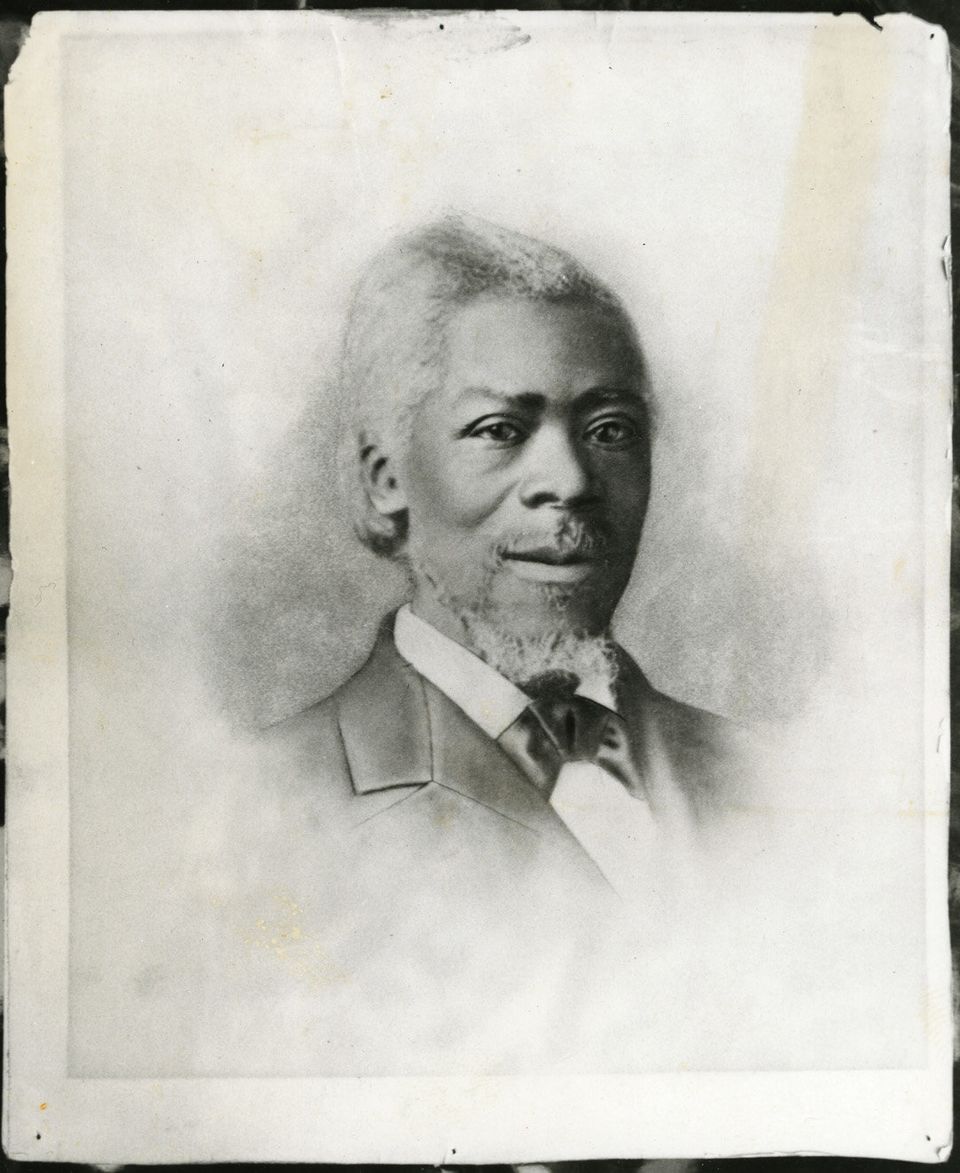
Fifty years after the Rev. Martin Luther King Jr. marched for civil rights through Detroit and delivered his "I Have a Dream" speech for the first time, the local branch of the NAACP is planning to recreate that historic day. The June 22 march is being organized not just as a memorial, but as a reminder that civil rights struggles continue to this day -- and that the 100-year-old organization is still fighting for those rights.
In preparation for that day, Detroiters can delve into the local chapter's work through an exhibition currently on view at the Charles H. Wright Museum of African American History.
Begun in 1912, three years after the national founding, the Detroit arm of the NAACP celebrated its centennial last year by reflecting on the work done over the last century.
"All of these opportunities, all of this access to the voting booth, to fair housing, to economic access, to live where you want to live and drive where you want to drive, didn't just happen," the Rev. Wendell Anthony, president of the Detroit NAACP, told The Huffington Post. "Barack Obama is the result of the efforts of marchers, the efforts of protesters, of people voting their choices ... of many people, black, white, brown, red and yellow, working to speak to these issues ... The NAACP paved the way for many of the advances we see today."
But as LaNesha DeBardelaben, curator and director of archives and libraries at the Wright Museum, noted, "The struggle did not begin in 1909."
The exhibit, titled "A Very Present Force: Celebrating a Century of the Detroit Branch," starts its tale in the mid-1800s with the history of abolitionism and the organizations in Detroit that laid the foundation for the NAACP. The extensively researched show comprises primary documents, documentary video, artifacts and historical information.
In its middle section, the exhibit recounts the NAACP's founding and the work of its members through the Great Depression, World War II and the civil rights movement. It looks both at the organization's involvement in broad movements sweeping the country and its role in events particular to Detroit, like the Ossian Sweet trial, a rare triumph over housing segregation in the 1920s.
"We look at the way in which the NAACP has been on the front lines of activism," DeBardelaben said.
The last section of the exhibit, covering 1993 to the present, encompasses Anthony's tenure as the head of the Detroit branch. Talking to HuffPost, Anthony pointed to several highlights in his two decades at the helm, including bringing President Bill Clinton to host the annual Freedom Fund Dinner in 2000 and organizing the Rwanda Relief Effort in 1994, which raised nearly $1 million in food, clothing, medical supplies and aid for refugees in Rwanda and Zaire.
"They didn't just rest on their laurels," said DeBardelaben of the NAACP. "They have been continuing to raise awareness and push for their mission."
The organization must work on both political and economic fronts, Anthony said, mentioning the need for education in growing job fields and for opportunities for those returning from prison.
"My hope for Detroit is constant," he said. "I am a firm supporter of our city. I tell people all the time, don't move, just improve right where you are."
The June 22 march is designed, in part, to remind the younger generation of their forebears' efforts and to spark them to pursue change in their community and their own lives. It is scheduled to proceed down the city's main artery, Woodward Avenue, as King's march did in 1963. The event's theme, "We Shall Not Default on Our Freedom!" should strike a chord as Detroit is poised potentially to lose local control in the wake of a fiscal crisis.
The focus on the next generation is echoed in the Wright Museum exhibit.
"We wanted to make the exhibition relevant to young people," said DeBardelaben. "We hope that young people will see the relevance of history, that they will see that individuals can make a difference, can change conditions of society."
"History is not a thing of the past," she added. "History is present in everything that we do ... We want young people to be motivated by the stories of the past, to become involved, to begin to advocate for something greater than themselves."
Below, catch a glimpse of "A Present Force" on display at the Wright Museum through March 24. On March 10, NAACP members will be in the gallery to engage with visitors about the organization's history.

